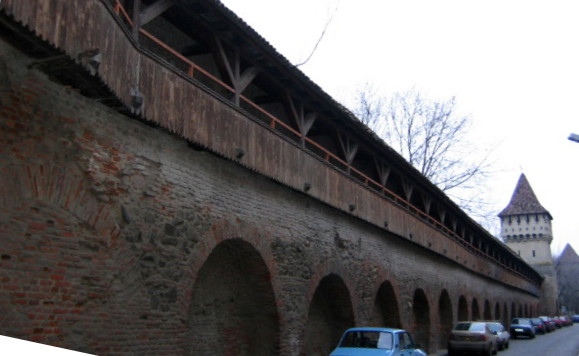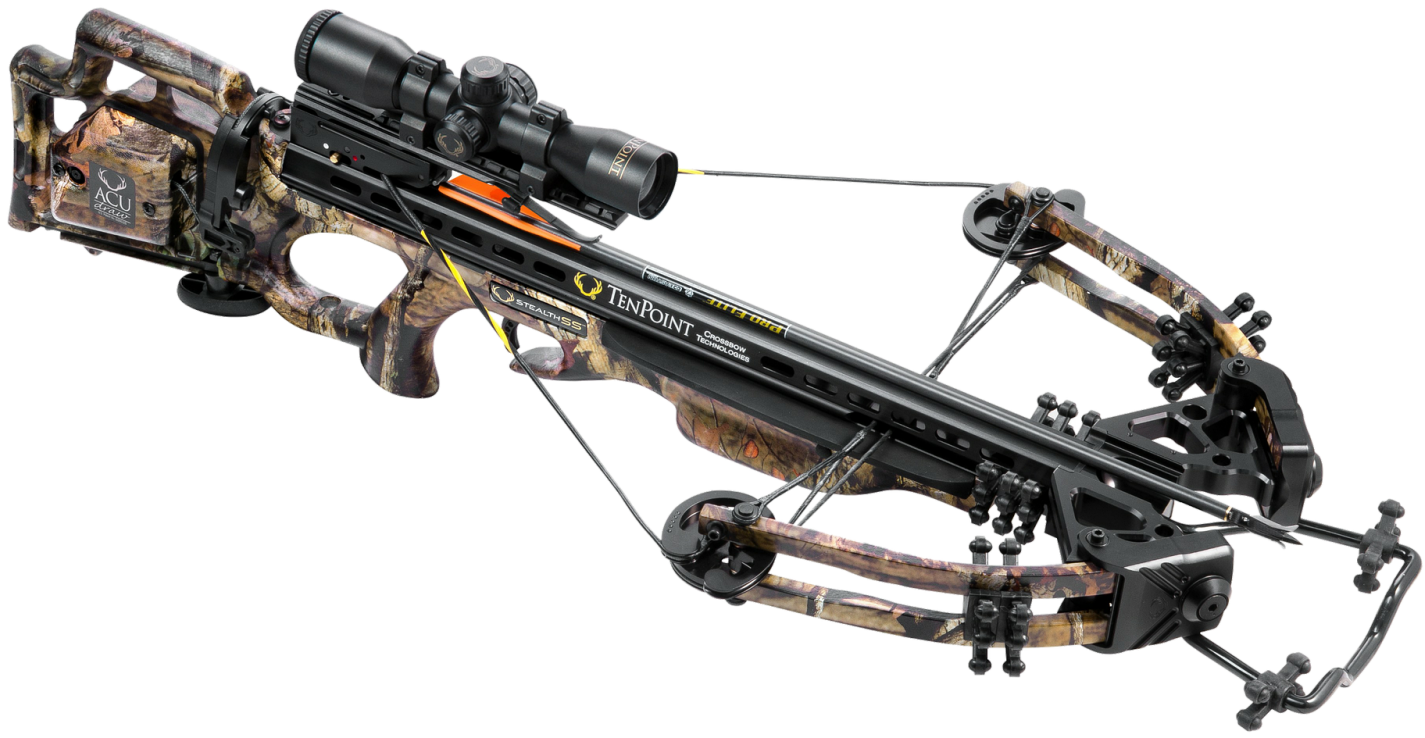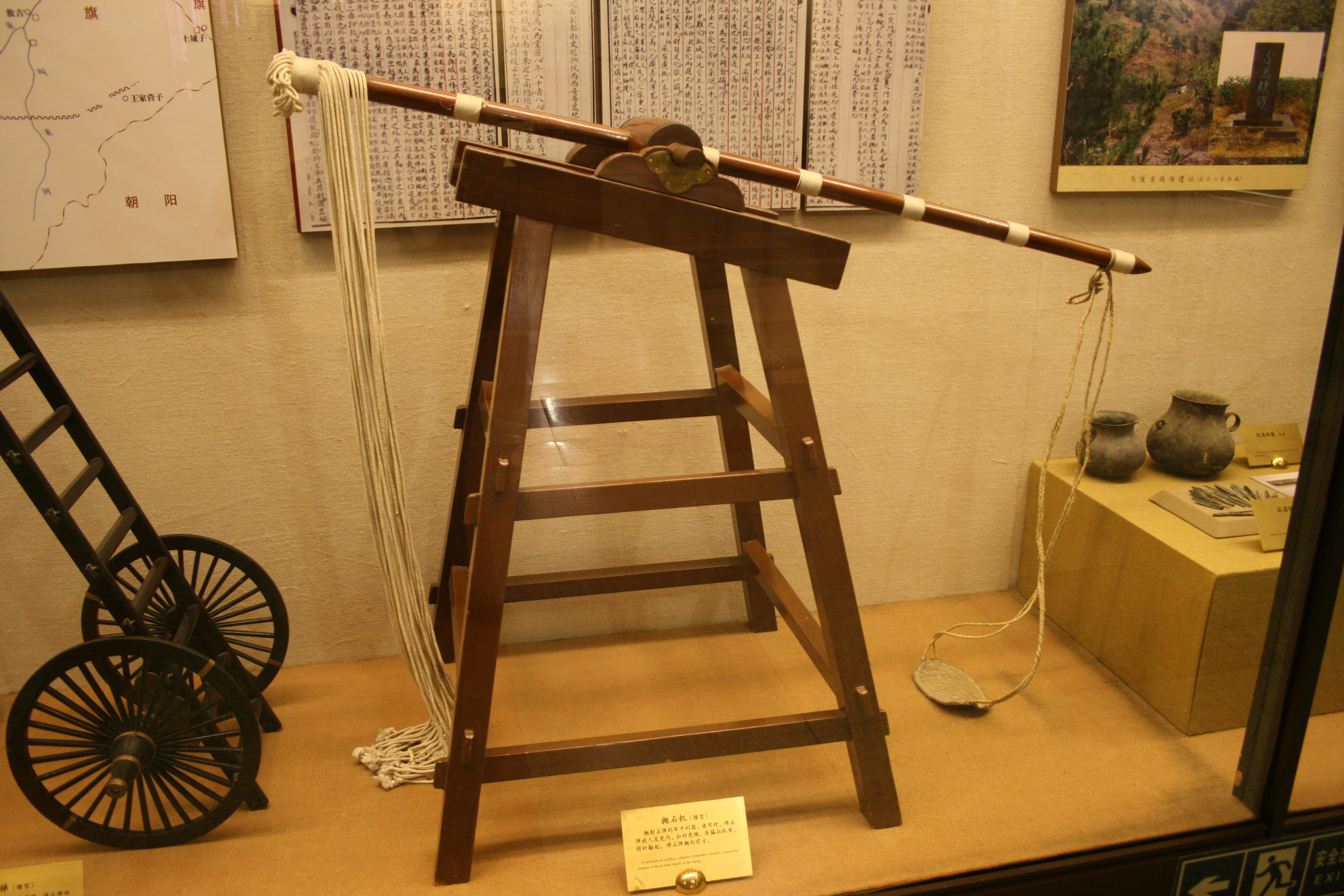|
Battle Of The Sajó River
The Battle of Mohi (11 April 1241) was a pivotal conflict between the Mongol Empire and the Kingdom of Hungary during the Mongol invasion of Europe. The battle took place at Muhi (then Mohi), a town located in present-day Hungary, southwest of the Sajó, Sajó River. The Mongol Empire, led by Batu Khan, sought to expand its territories into Europe, while the Kingdom of Hungary, led by King Béla IV, aimed to protect its borders. The battle resulted in a victory for the Mongols, who destroyed the Hungarian royal army at a heavy cost which contributed to the decision to halt the campaign. This defeat marked a significant turning point in Hungarian history, marking a shift in the balance of power in eastern Europe. The Mongols' victory led to a period of rebuilding and reorganization in Hungary, while also influencing the development of European politics and culture. The battle is considered one of the most important events in Hungarian history, with far-reaching consequences for the ... [...More Info...] [...Related Items...] OR: [Wikipedia] [Google] [Baidu] |
First Mongol Invasion Of Hungary
The first invasion of the Kingdom of Hungary by the Mongol Empire started in March 1241. The Mongols started to withdraw in late March 1242. Background Mongol invasion of Europe The Hungarians had first learned about the Mongol threat in 1229, when King Andrew II granted asylum to some fleeing Rus' boyars. Some Magyars (Hungarians), left behind during the main migration to the Pannonian basin, still lived on the banks of the upper Volga (it is believed by some that the descendants of this group are the modern-day Bashkirs, although these people now speak a Turkic language, not Magyar). In 1237 a Dominican friar, Julianus, set off on an expedition to lead them back, and was sent back to King Béla with a letter from Batu Khan. In this letter, Batu called upon the Hungarian king to surrender his kingdom unconditionally to the " Tatar" forces or face complete destruction. Béla did not reply, and two more messages were later delivered to Hungary. The first, in 1239, was s ... [...More Info...] [...Related Items...] OR: [Wikipedia] [Google] [Baidu] |
Ugrin Csák, Archbishop Of Kalocsa
Ugrin from the kindred Csák (; ''c''. 1190 – 11 April 1241) was a Hungarian prelate and military leader in the first half of the 13th century, who served as Archbishop of Kalocsa from 1219 until his death at the Battle of Mohi ( Sajó River) on 11 April 1241. He was also chancellor of the royal court from 1217 to 1219 and from 1230 to 1235. Family Ugrin (I) (also known as Ugolin or Hugolin) was born into the Újlak branch of the ''gens'' Csák as the son of ''ispán'' Bás (I). His brothers were Bás (II) and Pós (or Pous), who served as Master of the treasury and Ban of Severin in 1235, and was considered an influential courtier of Duke Béla of Transylvania. The Csák clan was one of the most ancient and powerful kindreds in Hungary. According to the '' Gesta Hunnorum et Hungarorum'' ("Deeds of the Huns and Hungarians"), the ancestor of the kindred was Szabolcs, son of chieftain Előd, the leader of one of the seven Magyar tribes, who participated in the Hungarian ... [...More Info...] [...Related Items...] OR: [Wikipedia] [Google] [Baidu] |
Sibiu
Sibiu ( , , , Hungarian: ''Nagyszeben'', , Transylvanian Saxon: ''Härmeschtat'' or ''Hermestatt'') is a city in central Romania, situated in the historical region of Transylvania. Located some north-west of Bucharest, the city straddles the Cibin River, a tributary of the Olt River. Now the seat of Sibiu County, between 1692 and 1791 and 1849–65 Sibiu was the capital of the Principality of Transylvania. Until 1876, the Hecht hause in Sibiu served as the seat of the Transylvanian Saxon University. Nicknamed ''The Town with Eyes'' for the eyebrow dormers on many old buildings, the town is a popular tourist destination. It is known for its culture, history, cuisine, and architecture. In 2004, its historical center was added to the tentative list of UNESCO World Heritage Sites. Sibiu was subsequently designated the European Capital of Culture in 2007, along with Luxembourg City. One year later, it was ranked "Europe's 8th-most idyllic place to live" by ''Forbes''. Sibi ... [...More Info...] [...Related Items...] OR: [Wikipedia] [Google] [Baidu] |
Battle Of Hermannstadt
The Battle of Hermannstadt, also known as the Battle of Sibiu or the Battle of Szeben, was fought between the army of the Hungarian Kingdom and the Ottoman Empire on March 18 and March 22, 1442, near Marosszentimre and Hermannstadt (Szeben), modern Sântimbru and Sibiu, Romania. The Hungarian forces were commanded by John Hunyadi. Hermannstadt was Hunyadi's third victory over the Ottomans after the relief of Smederevo in 1437 and the defeat of Ishak Beg midway between Semendria and Belgrade in 1441. Confusion over the location of the battle The battle in Transylvania within the Kingdom of Hungary between Hunyadi and Mezid Bey: Older historiography places at Szeben, while modern historiography places the battle at the Iron Gate Pass (''Vaskapu'' in Hungarian). According to historian Tamás Pálosfalvi, the location of the victorious battle has already been convincingly identified by Ottokár Székely near the Iron Gate in south-western Transylvania (Hunyad County). This conclusi ... [...More Info...] [...Related Items...] OR: [Wikipedia] [Google] [Baidu] |
Battle Of Legnica
The Battle of Legnica (), also known as the Battle of Liegnitz () or Battle of Wahlstatt (), was fought between the Mongol Empire and combined European forces at the village of Legnickie Pole (''Wahlstatt''), approximately southeast of the city of Legnica in the Duchy of Silesia on 9 April 1241. A combined force of Poles and Moravians under the command of Duke Henry II the Pious of Silesia, supported by feudal nobility and a few knights from military orders sent by Pope Gregory IX, attempted to halt the Mongol invasion of Poland. The battle took place two days before the Mongol victory over the Hungarians at the much larger Battle of Mohi. Historical disputations As with many historical battles, the exact details of force composition, tactics, and the actual course of the battle are lacking and sometimes contradictory. The general historical view is that it was a crushing defeat for the Polish and Moravian forces where they suffered heavy casualties. One of the Mong ... [...More Info...] [...Related Items...] OR: [Wikipedia] [Google] [Baidu] |
Light Cavalry
Light cavalry comprised lightly armed and body armor, armored cavalry troops mounted on fast horses, as opposed to heavy cavalry, where the mounted riders (and sometimes the warhorses) were heavily armored. The purpose of light cavalry was primarily raid (military), raiding, reconnaissance, screening (tactical), screening, skirmishing, patrolling, and tactical communications. Prior to the 17th century they were usually armed with swords, spears, javelins, or bow and arrow, bows, and later on with Sabre, sabres, pistols, shotguns, or carbines. Light cavalry was used infrequently by Ancient Greece, Ancient Greeks (who used hippeis such as prodromoi or sarissophoroi) and Ancient Rome, Ancient Romans (who used auxiliaries (Roman military), auxiliaries such as Numidian cavalry, equites Numidarum or equites Maurorum), but were more common among the armies of Eastern Europe, North Africa, West Asia, Central Asia, and East Asia. The Arabs, Cossacks, Hungarian people, Hungarians, Hu ... [...More Info...] [...Related Items...] OR: [Wikipedia] [Google] [Baidu] |
Crossbow
A crossbow is a ranged weapon using an Elasticity (physics), elastic launching device consisting of a Bow and arrow, bow-like assembly called a ''prod'', mounted horizontally on a main frame called a ''tiller'', which is hand-held in a similar fashion to the stock (firearms), stock of a long gun. Crossbows shoot arrow-like projectiles called ''crossbow bolt, bolts'' or ''quarrels''. A person who shoots crossbow is called a ''crossbowman'', an ''arbalister'' or an ''arbalist (crossbowman), arbalist'' (after the arbalest, a European crossbow variant used during the 12th century). Crossbows and bows use the same elastic launch principles, but differ in that an archer using a Bow and arrow, bow must draw-and-shoot in a quick and smooth motion with limited or no time for aiming, while a crossbow's design allows it to be spanned and cocked ready for use at a later time and thus affording them unlimited time to aim. When shooting bows, the archer must fully perform the bow draw, draw, h ... [...More Info...] [...Related Items...] OR: [Wikipedia] [Google] [Baidu] |
Infantry
Infantry, or infantryman are a type of soldier who specialize in ground combat, typically fighting dismounted. Historically the term was used to describe foot soldiers, i.e. those who march and fight on foot. In modern usage, the term broadly encompasses a wide variety of subspecialties, including light infantry, irregular infantry, heavy infantry, mountain infantry, motorized infantry, mechanized infantry, Airborne forces, airborne infantry, Air assault, air assault infantry, and Marines, naval infantry. Other subtypes of infantry, such as line infantry and mounted infantry, were once commonplace but fell out of favor in the 1800s with the invention of more accurate and powerful weapons. Etymology and terminology In English, use of the term ''infantry'' began about the 1570s, describing soldiers who march and fight on foot. The word derives from Middle French , from older Italian (also Spanish) ''infanteria'' (foot soldiers too inexperienced for cavalry), from Latin '' ... [...More Info...] [...Related Items...] OR: [Wikipedia] [Google] [Baidu] |
Mangonel
The mangonel, also called the traction trebuchet, was a type of trebuchet used in Ancient China starting from the Warring States period, and later across Eurasia by the 6th century AD. Unlike the later counterweight trebuchet, the mangonel was operated by people pulling ropes attached to one end of a lever, the other end of which had a sling to launch projectiles. Although the mangonel required more men to function, it was also less complex and faster to reload than the torsion-powered onager which it replaced in early Medieval Europe. It was replaced as the primary siege weapon in the 12th and 13th centuries by the counterweight trebuchet.Chevedden, Paul E.; et al. (July 1995). "The Trebuchet". Scientific American: 66–71. http://static.sewanee.edu/physics/PHYSICS103/trebuchet.pdf . Original version. A common misconception about the mangonel is that it was a torsion siege engine. Etymology The word ''mangonel'' was first attested in English in the 13th century, it is borr ... [...More Info...] [...Related Items...] OR: [Wikipedia] [Google] [Baidu] |
Lancers
A lancer was a type of cavalryman who fought with a lance. Lances were used for mounted warfare in Assyria as early as and subsequently by India, Egypt, China, Persia, Greece, and Rome. The weapon was widely used throughout Eurasia during the Middle Ages and the Renaissance by heavy cavalry, but fell out of general use by the late 16th century, before its revival by light cavalry in the early 19th century. Lance cavalry remained in an active role into the early 20th century and World War I. In modern times, many militaries retain units designated as lancers. However, the lance itself has been relegated to a ceremonial role. 17th-, 18th-, and 19th-century lancers The lancer ( Polish: ''ułan'', German: ''Ulan'', French: ''uhlan'') had become a common sight in the majority of European, Ottoman, and Indian cavalry forces during this time, but, with the exception of the Ottoman troops, they increasingly discarded the heavy armour to give greater freedom of movement in combat. ... [...More Info...] [...Related Items...] OR: [Wikipedia] [Google] [Baidu] |
Mounted Archery
Mounted archery is a form of archery that involves shooting arrows while on horseback. A horse archer is a person who does mounted archery. Archery has occasionally been used from the backs of other riding animals. In large open areas, mounted archery was a highly successful technique for hunting, for protecting herds, and for war. It was a defining characteristic of the Eurasian nomads during antiquity and the medieval period, as well as the Iranian peoples such as the Alans, Sarmatians, Cimmerians, Scythians, Massagetae, Parthians, and Persians in Antiquity, and by the Hungarians, Mongols, Chinese, and Turkic peoples during the Middle Ages. The expansion of these cultures have had a great influence on other geographical regions including Eastern Europe, West Asia, and East Asia. In East Asia, horse archery came to be particularly honored in the samurai tradition of Japan, where horse archery is called Yabusame. The term mounted archer occurs in medieval English sources t ... [...More Info...] [...Related Items...] OR: [Wikipedia] [Google] [Baidu] |







